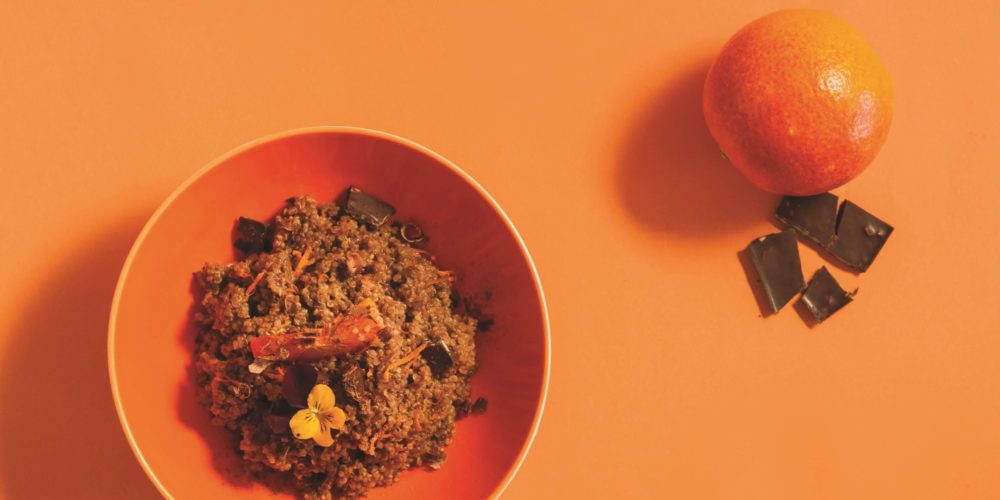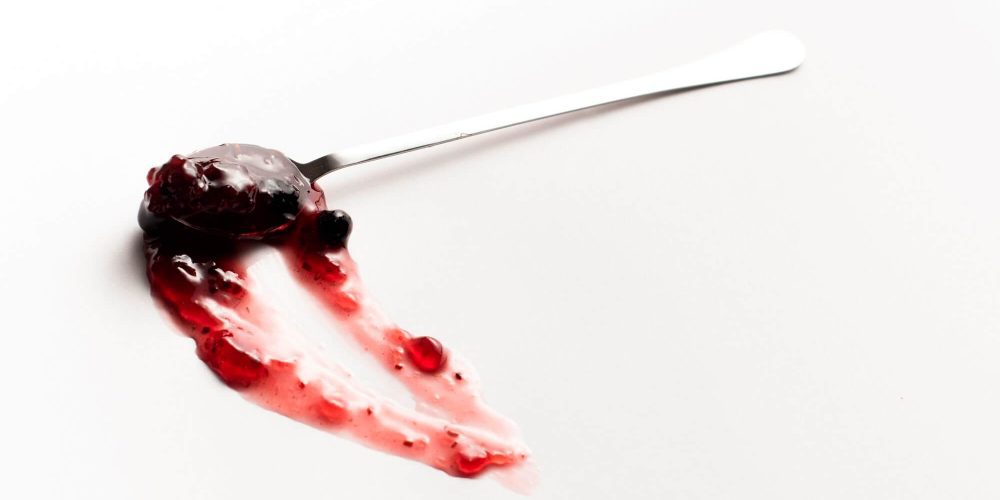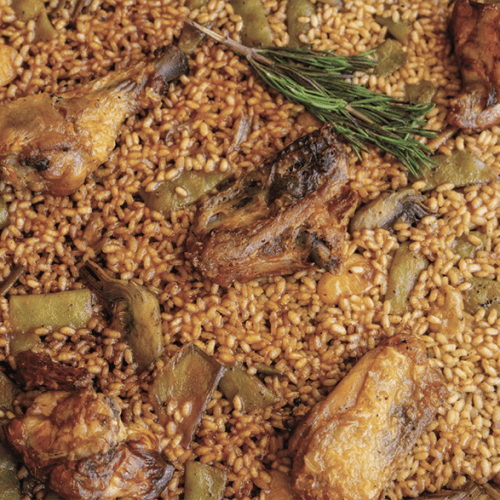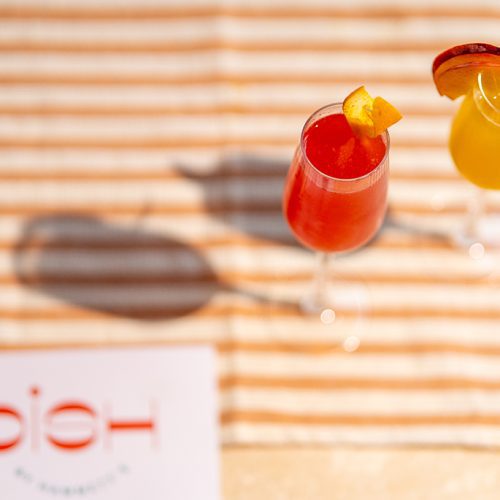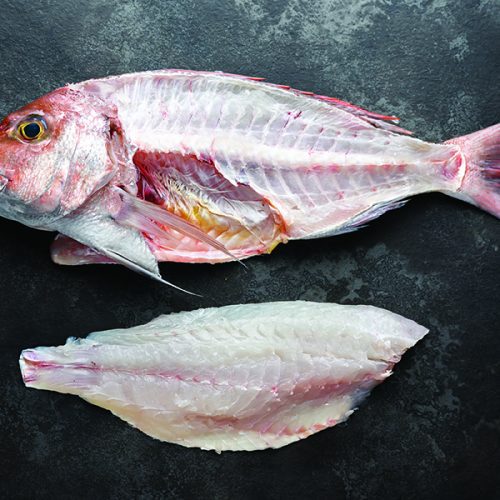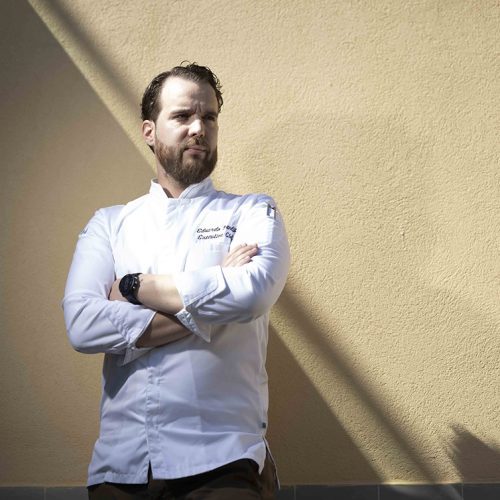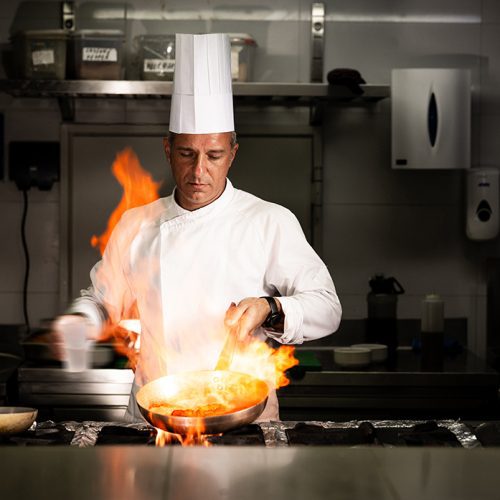If you look more closely there are wonderful parallels and deeply rooted connections between the arts of building and of cooking. To begin with, both evolve from necessity, and both possess a cultural and sensory, aesthetic dimension. As do most arts, these two also bestow a leading role to the materials used and require designing, measuring and quantifying, assembling and composing. Food is creative and approached the right way can also be intellectual.
We’ve asked to deliver a dish inspired by their creative work. Here’s what Konrad Buhagiar came up with.
Konrad Buhagiar
Architect since 1981 and food enthusiast from the age of 9


Describe the thought process behind your dish
If I were to be asked which dishes I remember best from my childhood days, surprisingly, they would not be connected to my mother’s culinary repertoire. Instead, my memories come from the books I loved to devour. The delicious chocolate fudge recipe described in my book on Chitty Chitty Bang Bang, or the dish made in the form of a temple by Andrea del Sarto in the account of his life that was included in an Edwardian edition called ‘Knights of Art’ by Amy Steedman, which was an abridged version for children of Giorgio Vasari’s ‘Lives of the Most Excellent Painters, Sculptors and Architects’.
I was nine when I sank my mind into this spicy mix of devotion and dish in Renaissance Italy. As I read through the lives of the greatest artists of that time, I breathed the air of Florence and Venice and fell in love with the art and the characters contained in the book. Vasari was an incredible chronicler, describing the evolution of the great art and architecture that flourished in Italy between the 13th and 16th centuries. He put in print the gossip and petty everyday details that informed the work of the Masters. I felt a special affinity with the Mannerist artist Andrea del Sarto. He had an angel’s hand, a scientist’s eye and a masochistic drive to keep trying and trying and to be the best at what he did. They called him the ‘faultless painter’ but he was humble to a fault and devoted to a bossy wife who spent all his money and left him to die alone when cholera hit the city of Florence. He was my hero so when Sean approached me with this concept, this episode described by Vasari sprang to mind and I took the opportunity to reread the passage.
‘There were twelve of these young men who met together, and each of them was bound to bring some particular dish for the general supper. Everyone tried to think of something especially nice and uncommon, but no one managed such surprising delicacies as Andrea. There was one special dish which no one ever forgot. It was in the shape of a temple, with its pillars made of sausages. The pavement was formed of little squares of different coloured jelly, the tops of the pillars were cheese, and the roof was of sugar, with a frieze of sweets running round it….It was the most splendid supper-dish that ever was seen’.
It was fascinating to be able to combine this historic text with childhood memories and the youthful energy and inventiveness of the guys at the Mediterranean Culinary Academy. Many thanks especially to Bobby and Michael for taking up this not-so-easy challenge and for recreating this five-hundred-year-old idea of the ‘faultless painter’.
Favourite food
Spaghetti vongole
Blueberries
Blue cheese
Champagne
Must have kitchen gadget
Coffee machine (without a doubt)



Architect, associate professor at the University of Malta and a founding member of Architecture, Konrad has been responsible for numerous restoration and rehabilitation works in historic buildings and urban sites locally and overseas. His culinary creations and skills are no less impressive. www.architecture-project.com


